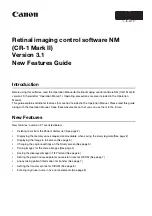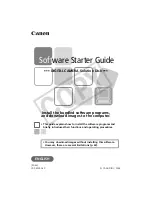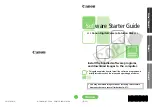
T01BLAUTO0
Disable automatic
BLDATA
messages.
T01BLAUTO0
T01BLAUTO1
Enable automatic
BLDATA
messages.
T01BLAUTO1
T01BLAUTO2
Toggle enabled status of automatic
BLDATA
messages.
T01BLAUTOx
, where
x
is
0
or
1
depending
on the current setting of
BLAUTO
.
T01BLAUTO?
Query enabled status of automatic
BLDATA
messages.
T01BLAUTOx
, where
x
is
0
or
1
depending
on the current setting of
BLAUTO
.
8.12.
BLDATA
-- Request Level Information
This command is used to request "blinking light" data from the EF2201. Blinking light data consists of
signal levels for the 1 inputs (T) and 1 output (T).
The blinking light data can be received in two ways. The first way is by polling the Vortex by sending a
BLDATA?
command. The second way is to have the Vortex automatically send
BLDATA
responses via
the
BLAUTO
command.
The most general format of the
BLDATA
responses generated by the Vortex is as follows.
T01BLDATAio
Each of the
i
and
o
characters above represents a single byte of data as shown in the table below.
BLDATA
Bytes
Meaning
i
input level T
o
output level T
The
i
byte corresponds to signal levels on the T input. The
o
byte corresponds to signal levels on the T
output.
The formats of the
i
and
o
bytes are the same as for the binary gain commands (binary values offset
by 132). See
Section 6.3
and
Section 6.4
for more information on the binary format.
The range for the
i
and
o
bytes is -100 dB to +20 dB, which corresponds to byte values of 32 to 152.
For reference, the LEDs on the front panel signal meter correspond to teh following dB levels (left to
right): -20, -12, -7, -3, 0, 3, 9, 20.
Here's an example
BLDATA
message to clear things up.
T01BLDATAèç
The first byte (è) consists of only one value.
è
= 0x8A = 138
→
138 - 132 = 6
















































